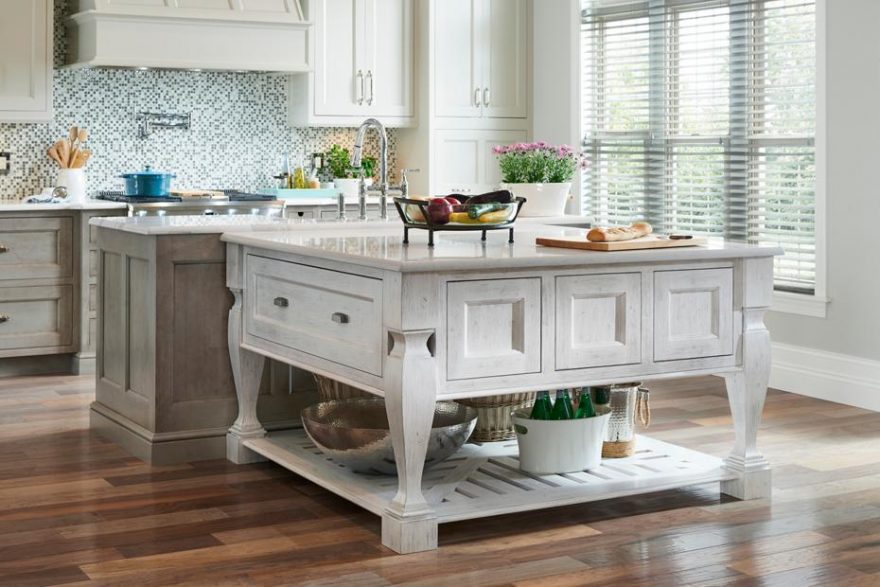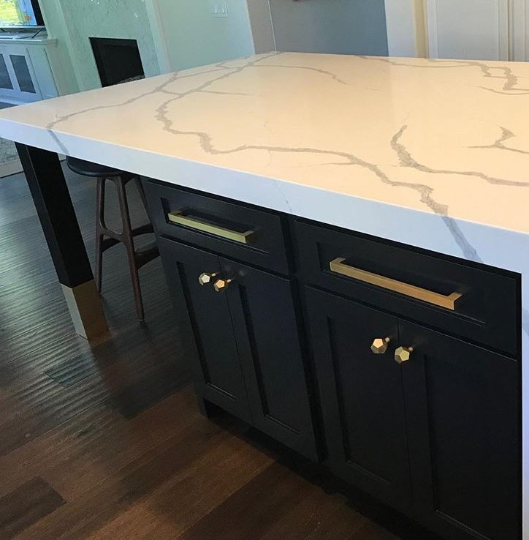A Guide to Choosing the Perfect Legs For Kitchen Area Island for Your Home
Choosing the excellent legs for your cooking area island is a nuanced decision that affects both the functionality and aesthetic allure of this main room. Variables such as elevation, products, and style play a crucial function in integrating your island with the total cooking area design. Additionally, understanding the relevance of stability and maintenance can considerably affect your choice. As you think about these elements, it ends up being obvious that the right legs can transform not just the appearance of your kitchen but likewise its use for many years to come. What specific features should you prioritize in this selection process?

Comprehending Cooking Area Island Legs
When choosing legs for a cooking area island, it's necessary to recognize their visual and practical functions in the overall style. The legs serve as a crucial support group, guaranteeing security and sturdiness for the island, which commonly operates as a workspace, eating location, or collecting spot. For that reason, the selection of material and construction strategy must be durable sufficient to hold up against daily usage and potential wear.
Along with their structural obligations, legs contribute dramatically to the island's visual appeal. They can enhance the kitchen's design, whether with conventional, modern, or diverse layouts. The elevation and percentage of the legs are also critical considerations; they need to harmonize with the island's counter top elevation while ensuring comfy seating for those using the space.
Additionally, the leg layout can influence the overall flow of the kitchen area. Open, ventilated leg designs can produce a feeling of agility, while solid, substantial legs might communicate an extra based and stable visual - Legs For Kitchen Island. Understanding these useful and visual aspects will certainly guide house owners in making informed selections that match their cooking area's style and improve its functionality
Popular Styles and Materials
The selection of legs for a kitchen area island includes a variety of preferred designs and products, each offering distinct attributes that can boost both performance and aesthetics. Among one of the most popular styles are contemporary, rustic, and standard. Contemporary legs frequently include sleek, minimal designs that emphasize simpleness and tidy lines, making them perfect for modern-day kitchen areas. Rustic designs, on the various other hand, embrace natural environments and frequently display redeemed wood or troubled finishes, including heat and beauty to the area. Standard legs commonly exhibit luxuriant details and craftsmanship, enhancing traditional cooking area layouts.

Height and Security Factors To Consider

The legs of the cooking area island ought to give appropriate assistance, ensuring that the structure can endure daily usage without tottering or changing. Product choice plays a significant function in security; metal legs, for instance, tend to supply better toughness compared to wood.
Matching Your Kitchen Area Visual
Choosing the best legs for Related Site your kitchen island goes beyond capability; it likewise plays a substantial duty in the overall aesthetic of the space (Legs For Kitchen Island). When picking legs, take into consideration the layout style of your kitchen area.
Color is another crucial variable. Legs that complement or contrast with your island's surface and bordering kitchen cabinetry can produce aesthetic harmony or striking focal points. Matching dark wood legs with a light marble counter top can add deepness and interest. Additionally, consider the coating of the legs; matte, shiny, or textured surfaces can significantly affect the total feeling of the cooking area.
Installation and Upkeep Tips
Setting up kitchen island legs needs mindful focus to detail to make sure both stability and visual charm. Begin by selecting a suitable location for your island, guaranteeing it is degree and has ample space for movement. If you are attaching the legs to a wall surface or using braces for added assistance, utilize a stud finder to situate wall studs. Mark the placement of the legs precisely prior to drilling.
When protecting the legs, utilize high-grade screws and, if required, wood glue for additional toughness. For steel legs, ensure that you are utilizing appropriate supports and devices to prevent damages to your floor covering. It is advisable to look for levelness after installment, making changes as needed to prevent tottering.
Maintenance is just as important for longevity - Legs For Kitchen Island. Regularly inspect the legs for any type of indicators of wear or loosening, specifically in high-traffic locations. Tidy the legs with an appropriate cleaner, preventing abrasive materials that may scratch the surface. For wooden legs, think about applying a timber conditioner occasionally to keep their finish. By adhering to these installation and upkeep tips, you can make sure that your kitchen island legs continue to be both aesthetically enticing and functional.
Conclusion
In conclusion, selecting the appropriate legs for a kitchen island necessitates mindful factor to consider of elevation, security, and visual compatibility. Inevitably, thoughtful leg selection plays an essential duty in raising both the functionality and layout of the click now cooking area area.
When picking legs for a kitchen island, it's necessary to comprehend their functional and visual functions in the overall layout. Open, airy leg designs can create a feeling of lightness, while strong, substantial legs may convey a much more grounded and steady visual. The legs of the cooking area island must supply adequate assistance, making certain that the structure can hold up against everyday use without tottering or shifting.Installing cooking area island legs needs mindful interest to information to guarantee both stability and visual charm.In verdict, picking the proper legs for a kitchen area island requires careful factor to consider of elevation, security, and aesthetic compatibility.